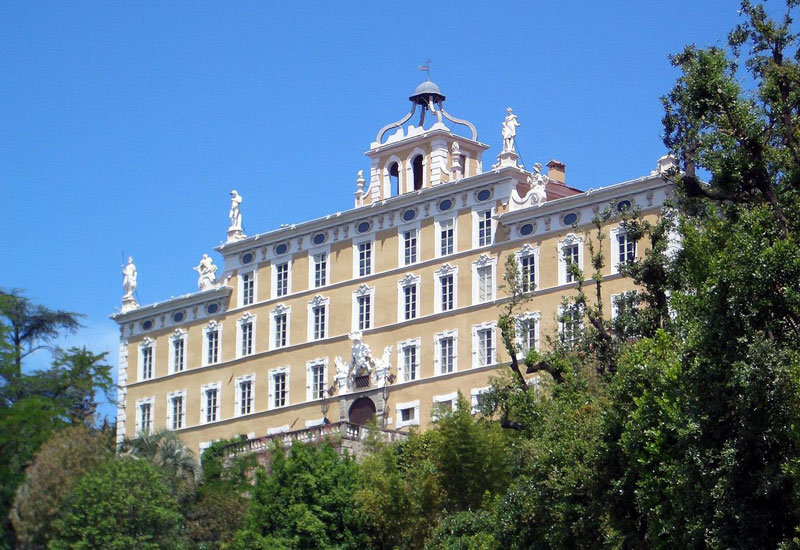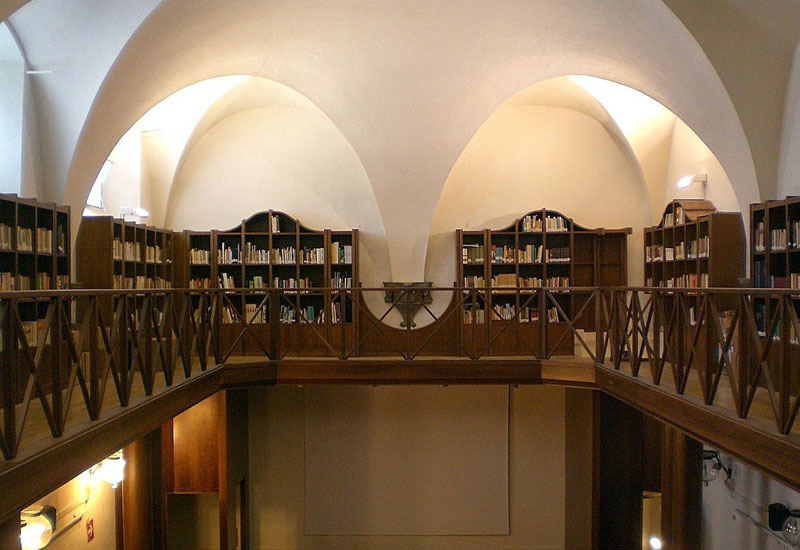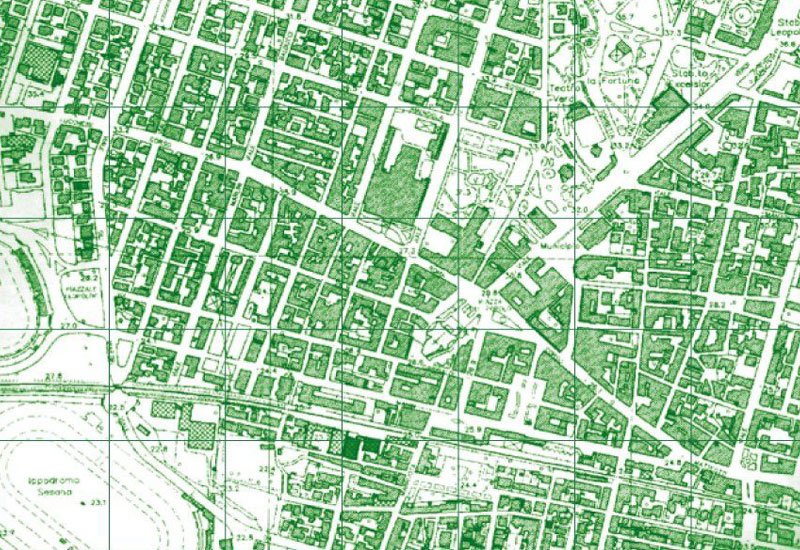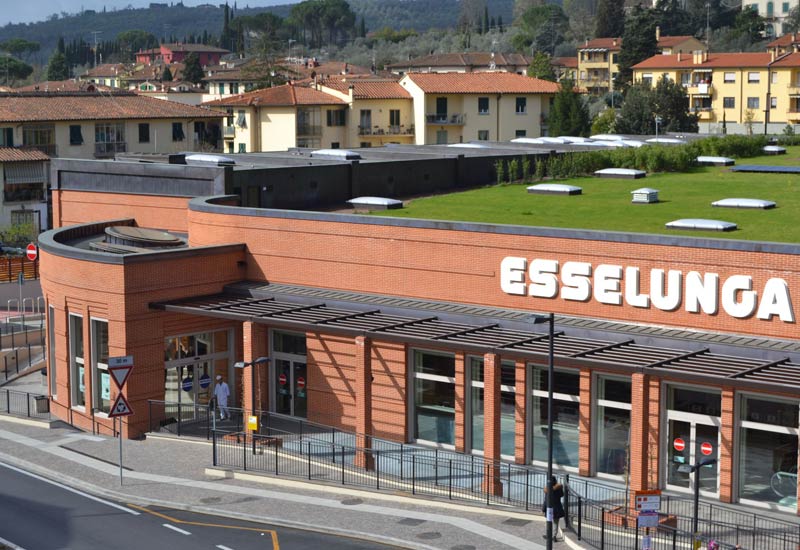 Studio Gurrieri
Studio di Architettura a Firenze
Studio Gurrieri
Studio di Architettura a Firenze
The studio's works
Restorations
Restoration represents the activity that characterized the first season of the studio’s professional work. The same restorative activity was then advanced and conceptually extended to include both its context in modernity as well as the complex aspects tied to the landscape. Along with the numerous professional experiences with the planning and supervision of the restoration, the studio has intensely participated and promoted the national and international discussion of the theme.
Interiors
Interior Architecture is not just furnishings, but an organization and qualification of the spaces of life, work, social relations. An interior’s quality is the result of the implementation of all its aspects—illuminating engineering, thermal engineering, its functional, spatial, and material definition—that allow the optimal fruition, and at times also renouncing the superfluity of hyperpersonalization. The studio’s realized interiors predominantly involve projects with public buildings of monumental character (board rooms, exposition spaces, libraries, conference rooms).
Urban Planning
Urban and landscape planning make up a complex and multifaceted subject, that is no longer expressed in the sole traditional content of the “Urban Development Plan,” but is articulated in differentiated and specified factors, regulated by conventional European and international recommendations. The studio was one of the first to face integrated develop, particularly in reference to the recommendations by UNESCO (United Nations Educational, Scientific and Cultural Organization) and ICOMOS (International Council on Monuments and Sites).
Architectural Projects
Recently Architecture seems to have lost the distinguishing features of its thousand-year statute (firmitas, utilitas, venustas). The studio gives attention to these aspects in the execution of its works, far from formal protagonisms that only gratify with brief images. The reconciliation with the natural aspects of the landscape and the territory is sought instead, introducing particular consideration to the underground architectural structures (Esselunga Galluzzo is a prime example of the naturalized public-commercial function), as well as the integration of more advanced systems for the sustainability of the projects and the utilization of renewable energy resources.





